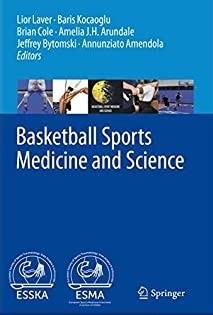
Duke experts explain the prevalence of basketball-related eye injuries and when an ophthalmologist evaluation is necessary
In recent years, many ocular injuries to famous players have been publicized in the sports media. Some examples include Jon Scheyer’s retinal tear and traumatic optic nerve avulsion while playing in the NBA summer league team in 2010, and Amar’e Stoudemire’s retinal detachment in 2008 while playing for the Phoenix Suns. While such severe injuries are memorable, basketball-related ocular injuries are common and are often benign.
Terry Kim, MD, Consultant Ophthalmologist for the Duke Men's Basketball Team, Professor of Ophthalmology, and Chief of Division of Cornea and Refractive Surgery, along with C. Ellis Wisely, MD, MBA, Chief Resident for the Department of Ophthalmology, published a chapter titled "Ophthalmic Trauma in Basketball" as part of the recently published textbook: Basketball Sports Medicine and Science.
The textbook is designed as a comprehensive educational resource for sideline medical technicians, sports medicine physicians, and orthopedic surgeons, and includes a foreword written by Duke Men’s Basketball Coach Mike Krzyzewski. In their chapter, Kim and Wisely discuss memorable ophthalmic trauma cases in basketball, the epidemiology of basketball-related ocular trauma, prevention strategies for ophthalmic injuries, the sideline ocular assessment, and guidelines for safe return to play, as well as specific descriptions of the common basketball-related ocular injuries and relevant treatment strategies.
Kim and Wisely demonstrate that eye injuries in basketball are common events and assert that protective eyewear is effective in injury prevention and underutilized in basketball. Additionally, they discuss that, while many aspects of ocular examination and diagnosis require special equipment or the expertise of an ophthalmologist, a systematic sideline assessment performed by medical staff can provide valuable information to guide next steps in referral or return to play. Given the possibility of vision-limiting injuries, uncertainty in the sideline diagnosis should prompt referral to an ophthalmologist.
The textbook is now available via Springer Publishing.